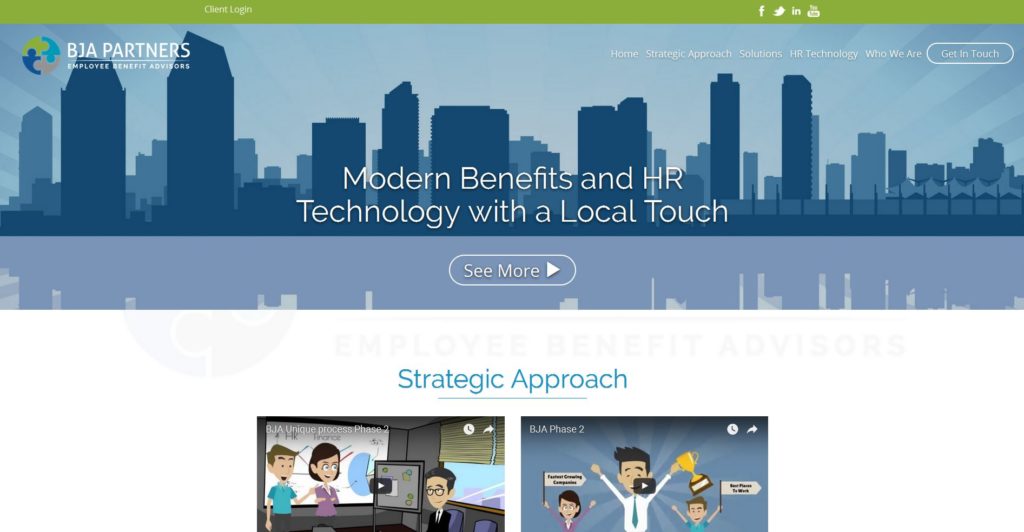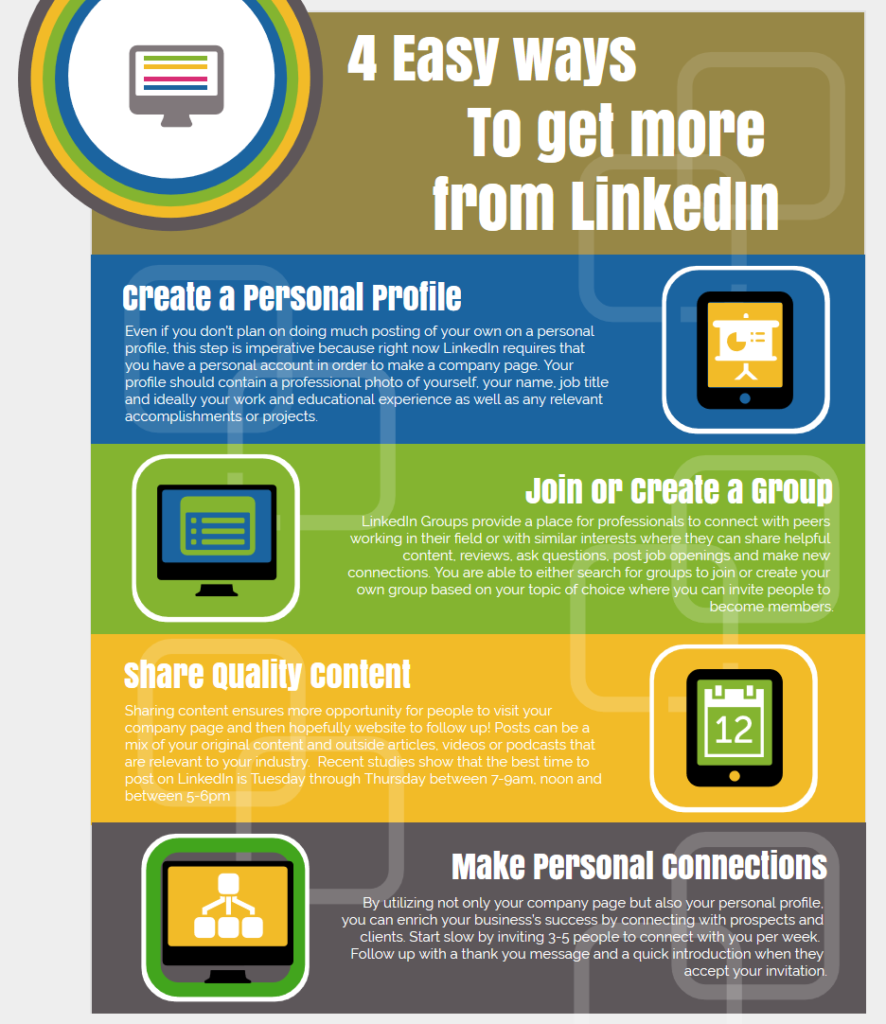There is some debate out there as to whether blogging is still relevant in today’s social media marketing environment.
Regardless if you are a small business, or a multinational company, blogging is integral to your online content marketing strategy.
Here are 4 reasons you need to blog:
1. Drive traffic to your website
2. Increase your SEO/ SERP
3. Position your brand as an industry leader
4. Develop better customer relationships
Drive traffic to your website:
Your blog gives you the opportunity to create relevant content for your customers. Use this as a marketing tactic to drive traffic back to your website.
Make the blog on your website the foundation for all of your social media platforms.
Your business might be on Facebook, Twitter, Pinterest, LinkedIn, or anywhere else. Post links – with relevant visuals – of your blog articles to your social sites. Give your social followers a reason to click through to your website.
Additionally, post inbound links directly in your blog articles, to drive traffic to specific landing pages of your website.
Increase your SEO/ SERP:
Blogs increase your SEO. Fresh content is still a key to beating out your competitors in the search engine results page.
Use keywords in your articles. List out the keywords, topics, and categories you want your business to be found with. Use these words, and related expressions when writing your posts.
Of course, whether you actively seek these out or not, blogging regularly about your business, industry, product or customer lifestyle will naturally increase your search keywords. Being intent about your words will only increase results.
Keywords and topics on your website are a significant way in which Google (and other search engines) find your site for these searched words.
Position your brand as an industry leader:
Well written articles demonstrate your company as an industry leader. By posting topics which resonate with your market and show your knowledge, you are marketing your skills for your business, service or product too.
If you are a retailer, for example, write blog posts about your products. Your customers will get to know you as the knowledge source for the products they want.
If you are in B2B, post articulate, well researched articles about your service. Become the hub, or the place to be, for your industry.
You are building trust, too. The more you can show that you are well-versed in your field, the more likely your consumer will trust you to supply what they need.
Your customers additionally benefit from the learning you provide them.
Develop better customer relationships:
Blogs provide another source to deepen the connection with your customer. By connecting directly on your website, your clients are able to get to know your business or product from the comfort of your online home base.
Use this. Again, build trust by being a source of information. Consumers like to be informed, and appreciate that you are the one teaching them.
Additionally, just as on your other social sites, respond to comments and interact with your consumer. If they have questions about a product you are writing about, respond to them directly on your website. Unlike many social sites, a blog is generally searchable on your site for some time. Your website comments last longer than on a Twitter response or Facebook post. Other customers will see your interactions too.
Source: Wishpond
Written by: Krista Bunskoek, PR and Content Marketer @ Wishpond




